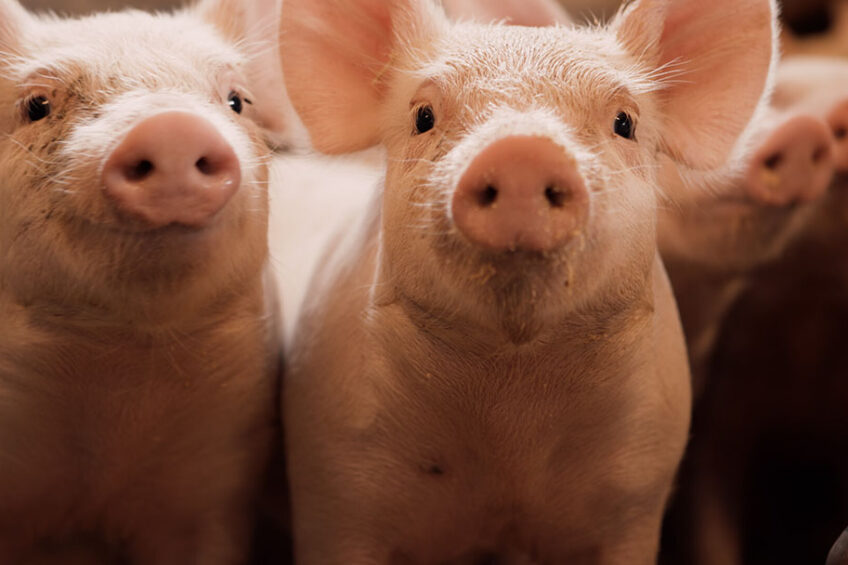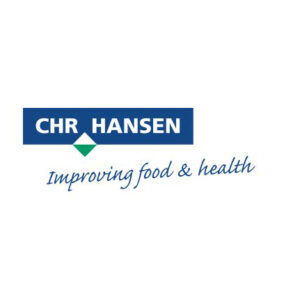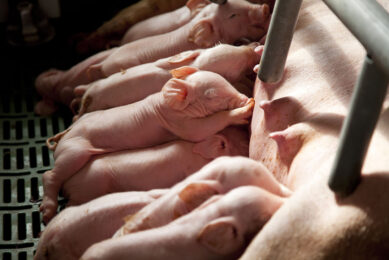Achieve uniformity during the early life stages of the pig

Producers or people working with pigs recognise poor group uniformity almost immediately, whether in newborn or weaned piglets. However, often the financial penalty for lack of uniformity is not fully realised until pigs are transferred to slaughter and money exchanges hands for the product produced.
The coefficient of variation (CV) can be used when measuring the spread of bodyweights within a group of pigs and is calculated as the ratio of the standard deviation to the mean. Uniformity is a measure of the evenness of bodyweights within a group and is calculated by 100-CV. Decreasing CV by as little as 1% at the time of slaughter is estimated to be worth €0.65-1.50 per pig produced. For simplicity, we’ll use €1 per pig produced for future calculations.
But why is it important to look at weight variation already in the early life stages of the pig?
Besides the extra labour that is required in sorting and moving piglets with a variation in weights, research has shown that weight variations identified early in life follow a group of pigs throughout their life. The causes of weight variation are many, and naturally, a biological variation is expected to occur. Genetics, nutrition, and disease are other parameters that play a part in weight variation amongst pigs.
Variation in weight can be seen already at birth, and if the piglets can’t be suckled or fostered efficiently, it is likely that weight variation will have increased at weaning. This variation can have a negative effect on the feed conversion of the post-weaning diet as the lighter pigs should still be offered the early phase diets to utilise feed sufficiently, whereas the heavier piglets could, with benefit, be fed a later phase diet, which is often cheaper than the first diet fed. Poor feed efficiency across the group can damage profitability significantly.
A recent meta-analysis showed that standard deviation at slaughter could potentially be predicted by the standard deviation at weaning or end nursery. This makes it possible to calculate the lost opportunity at slaughter based on uniformity measures at earlier life stages.
A dual strain Bacillus-based probiotic
Using the beforementioned saving of €1/pig for every 1% CV decrease at slaughter, a reduction of 1% CV at a fixed bodyweight at weaning on day 28 of age can be calculated to bring a saving of €0.1/pig at slaughter. Research shows that weight uniformity of sucking piglets can be improved if probiotics are added to sow diets.
In a recent study carried out by Chr. Hansen, SolPreme, a dual strain Bacillus-based probiotic product, was fed to lactating sows, and as a result, litters raised by sows fed the probiotic were more uniform compared to litters raised by sows not fed the probiotic. The identified reduction of 2.3% CV at weaning could save the producer €0.14/pig at slaughter.
According to the meta-analysis, the importance of weight uniformity within a group of pigs increases as the pigs grow older, by which a reduction of 1% CV at a fixed body weight at the end of nursery can bring a saving of € 0.3/pig at slaughter. Administration of SolPreme to nursery pigs was evaluated in 5 research studies done by Chr. Hansen, and in average the probiotic was found to improve uniformity with 2.8% CV. The savings of such an improvement could amount to €0.7/pig at slaughter.
Lack of uniformity, whether in sucking piglets, weaned piglets, or grower-finishers, is a lost opportunity in profitability. High uniformity of pigs not only positively impacts profitability, but also management, reduction in labour and feed costs, ultimately easing up the production of pigs.



